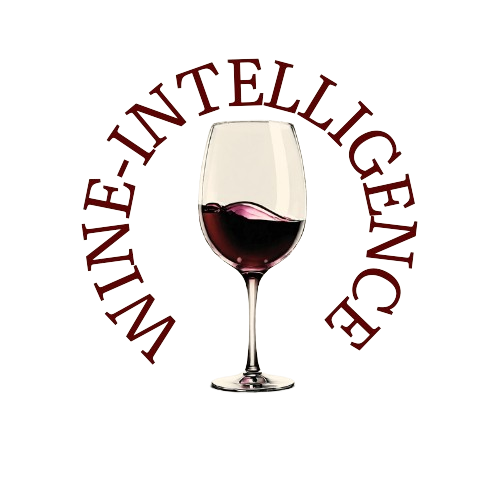With the election of US President Donald Trump, the possibility of renewed tariffs on imports from Europe has become a pressing concern for many industries, particularly the European wine and catering sectors.
The tariffs, initially imposed in 2019 as part of the Airbus-Boeing dispute, led to a 25% increase in duties on European food, beverages, and products, including French wine but excluding Italian wine. These duties were suspended in 2021 following a truce brokered by the Biden administration with the European Union. However, the potential return of these tariffs has once again raised alarms among European wine producers and American wine operators alike.
A Fragile Ecosystem at Risk
The US Wine Trade Alliance, an association representing importers, wholesalers, retailers, restaurateurs, and others in the industry, has highlighted the economic interconnectedness of the wine trade. According to the Alliance, every dollar spent on European wines in the US generates $4.52 in profit across the importer-distributor-retailer chain. This demonstrates that any new tariffs would negatively impact all parties involved.
More than a third of all wine consumed in the United States is imported, with European countries, particularly France and Italy, leading the pack. Tariffs would increase costs for American restaurants, especially high-end establishments and those specializing in European and Italian cuisine. These restaurants, already struggling with inflation and slim profit margins, would face additional challenges as imported wines become more expensive.
The Restaurant Perspective
Linnea Covington, editor-in-chief of DiningOut, a food and beverage guide, emphasizes the detrimental effect of higher wine prices on American restaurants. Covington notes that increased duties would strain the $800 billion restaurant industry in the US. DeWayne Schaaf, chef and owner of Celebrations Restaurant in Missouri, underscores the difficulties of substituting European wines with American alternatives. For instance, he explains that a $45 bottle of Grüner Veltliner, a reasonably priced white wine, could rise to $60 under new tariffs. This price hike would deter many customers, ultimately affecting sales and profitability.
Political Rhetoric and Economic Realities
In a Pennsylvania rally, Trump criticized the European Union’s trade practices, particularly their reluctance to accept US agricultural products while exporting millions of cars to America. His rhetoric included a promise to impose high tariffs, stating, “They’re going to have to pay a high price.” Such statements have fueled concerns about a potential shortage of European wine and significant price increases.
As Linnea Covington concludes, restaurants and bars may need to find innovative solutions to maintain profitability and customer satisfaction. These solutions could include diversifying wine offerings, renegotiating supplier contracts, or focusing on creative pairings to manage the economic fallout.
A Delicate Issue to Monitor
The European wine sector and its American counterparts must closely watch these developments. The wine trade’s intricate network, involving importers, distributors, retailers, and restaurateurs, makes it vulnerable to policy shifts. The potential reintroduction of tariffs would have far-reaching consequences, impacting not only producers and trade operators but also consumers who may face reduced access to their favorite European wines.
The situation underscores the importance of maintaining balanced trade relations and finding equitable solutions to disputes. As the industry braces for potential challenges, collaboration and adaptability will be crucial in navigating this complex landscape.
Source: WineNews

